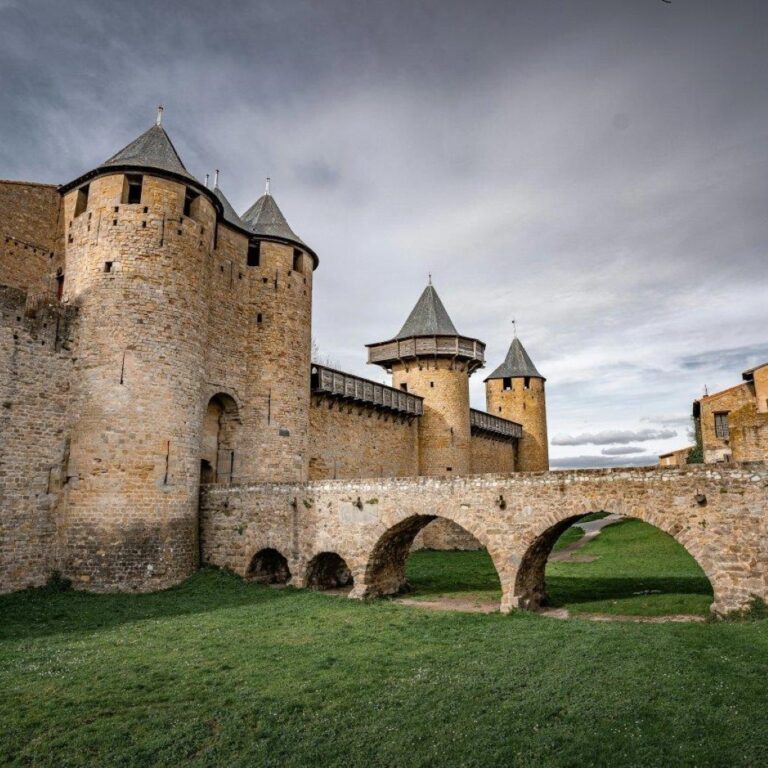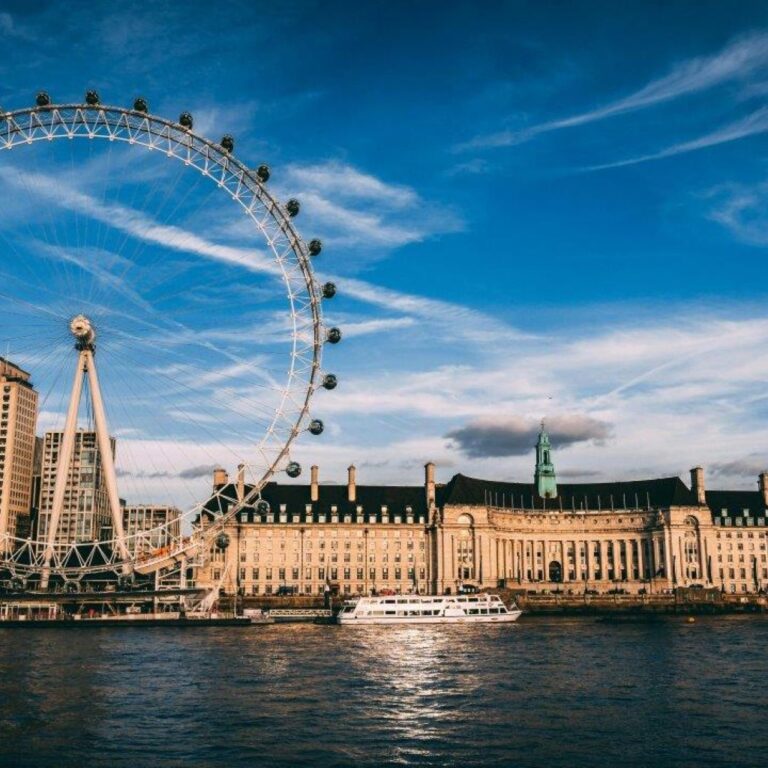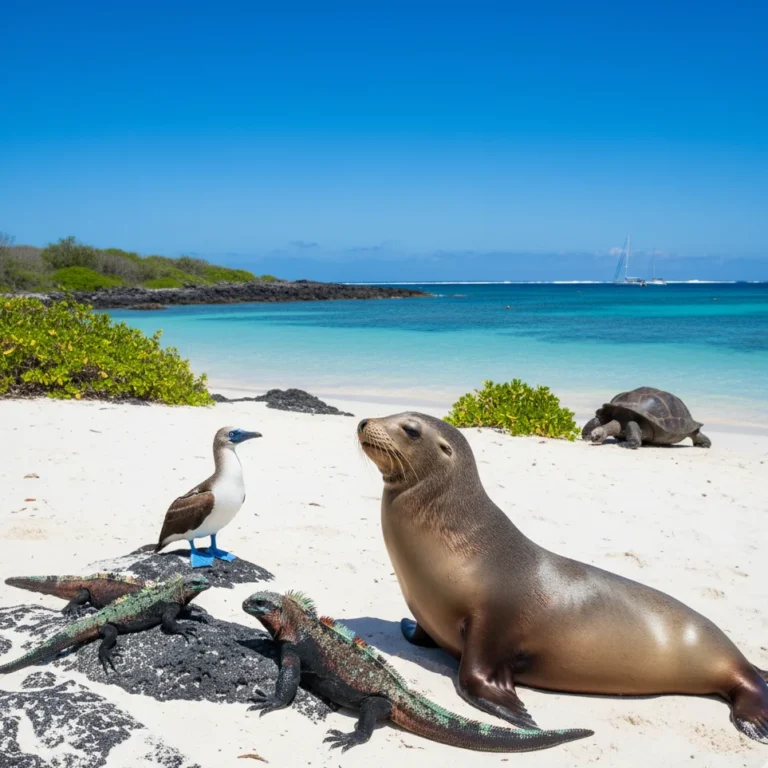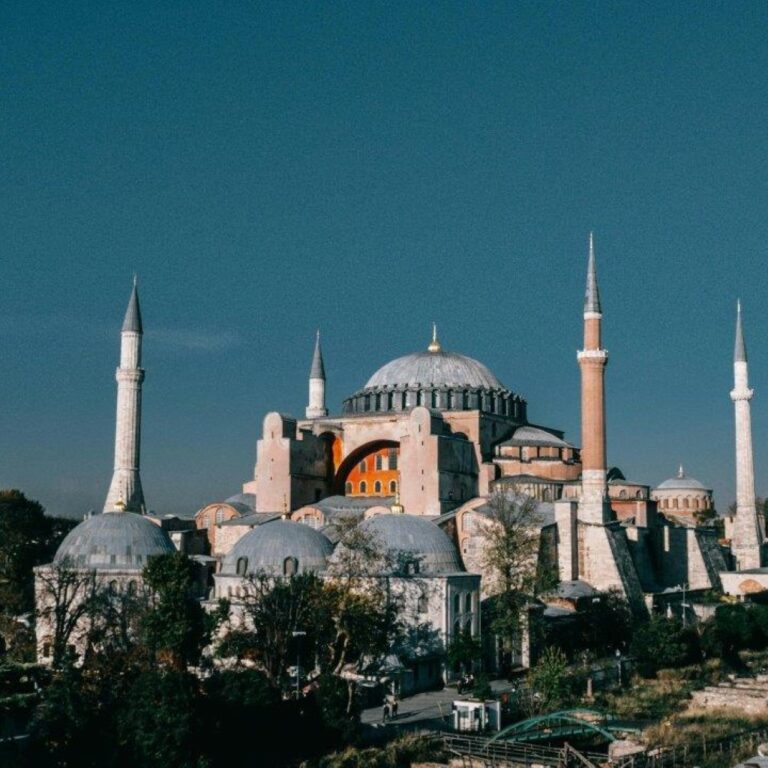Carcassonne is located in the Aude department of the Occitanie region in southern France, near the Pyrenees mountains.
The fortress town of Carcassonne is divided into two parts: the Cité de Carcassonne, the medieval fortified city, and the Ville Basse (Lower Town), which lies across the River Aude.
Carcassonne's history dates back to the Roman period, with fortifications built in the 1st century BC. The medieval walls we see today were primarily constructed during the 12th and 13th centuries.
The fortress features 52 towers and two concentric walls that stretch nearly 3 kilometers (1.9 miles) in length, making it one of the best-preserved and largest medieval fortified cities in Europe.
Carcassonne was restored in the 19th century by the famous architect Eugène Viollet-le-Duc, who also worked on other notable sites such as Notre-Dame Cathedral and Mont Saint-Michel.
The fortress town is a UNESCO World Heritage Site, designated in 1997 for its outstanding universal value and historical significance.
The Basilica of Saints Nazarius and Celsus, located within the Cité, features a mix of Romanesque and Gothic architecture and is known for its beautiful stained glass windows.
Carcassonne played a significant role in the Albigensian Crusade, a 13th-century campaign initiated by the Catholic Church to eliminate the Cathar heresy in southern France.
The Château Comtal, or Count's Castle, is a fortress within a fortress, located in the heart of the Cité and serving as a museum showcasing Carcassonne's history and architecture.
The city is surrounded by vineyards and is part of the Languedoc wine region, known for producing a variety of excellent wines.
Carcassonne is famous for its annual festival, Festival de Carcassonne, which features a wide range of cultural events, including music, theater, dance, and fireworks.
The city was a filming location for several movies, including the 1991 film 'Robin Hood: Prince of Thieves,' starring Kevin Costner.
Carcassonne is also the name of a popular board game inspired by the city's medieval fortifications and strategic location.
The Pont Vieux (Old Bridge) connects the Cité with the Ville Basse and offers stunning views of the fortress, especially when illuminated at night.
Carcassonne attracts millions of tourists each year who come to explore its rich history, walk its ancient walls, and experience the magic of its medieval streets.
How useful was this post?
Click on a star to rate it!



